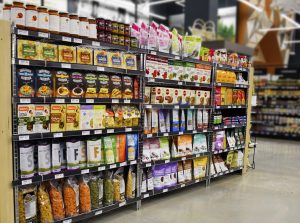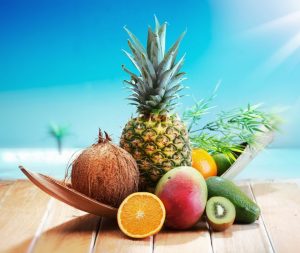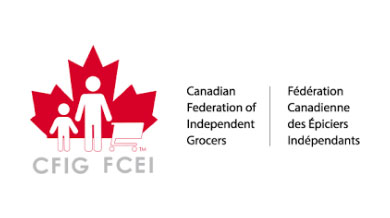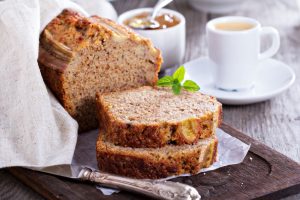
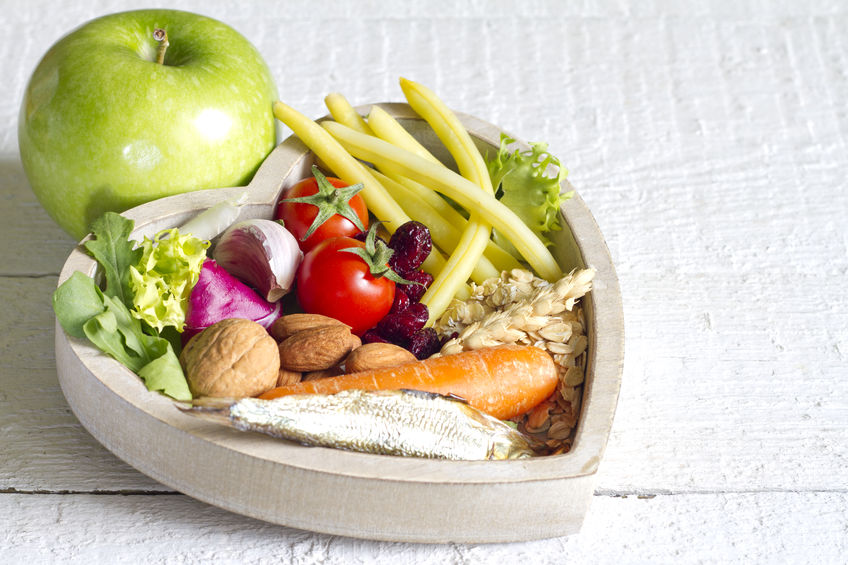
Avoiding Additives & Preservatives
Unfortunately, the scientific world has given saturated fat, sugar, and sodium a bad rap. Yet those three nutrients are so essential to the human body that we would be hard pressed to live without them. It’s the ADDED saturated fat, ADDED sugar, and ADDED sodium, through processing that deserve the criticism. Here’s why.
Added Fat
In order to preserve and make processed food resemble homemade foods, the food industry developed inexpensive ways to manipulate food. Hydrogenating fats is one example. This process takes any kind of fat and turns it into an artificial saturated fat called a trans fat. What we know now about artificial trans fats is that they negatively impact our health. On the other hand, cream formed from milk is a natural form of trans fat that can assist the body with cellular repair, hormone production, and human growth. Altering a whole food’s chemical form through a process such as hydrogenating, therefore, trades health benefits for negatives.
Added Sugar
ADDED sugar, often in the form of corn syrup, is one of the food industry’s ways to sweeten foods. By nature, corn syrup is not as sweet as maple syrup or honey; all of which have about the same amount of calories per teaspoon. Therefore, more corn syrup is necessary to achieve the same sweetness resulting in an increase in the product’s sugar content.
Added Salt/Sodium
ADDED salt/sodium is no exception. In a traditional bacon recipe, one pound of pork belly is rubbed with one teaspoon of each salt, pepper, and smoked paprika. One teaspoon equals 2 325 mg of sodium. In one pound of store bought bacon, there is 7 788 mg of sodium.
The new food guide will no doubt recommend avoiding these three nutrients. When they do, read the guidelines carefully to understand exactly what they are intending. Remember, if it wasn’t for natural forms of sugar, salt, and saturated fat, we wouldn’t have IV’s, saline solution, or cream in our coffees! All food is energy and a means for our survival but ADDED foods through processing can be detrimental to our health.
Our Vince’s Power Up Program Mission is simply to educate our customers on the importance of using food as fuel. For all your Power Up news make sure you check out Vince’s Facebook, Instagram, and Twitter. Also make sure to follow @VincesMarket and #powerupwithvinces, sign up for our Power Up Newsletter and keep an eye out for nutrition tips and tricks from me, our in-house nutrition expert!
Shannon
Shannon is the owner/operator of 4 the Luv of Food, an informative approach to food, health, and a luv for sharing. Stay tuned for her new interactive website coming soon! www.4theluvoffood.ca

